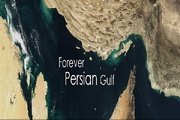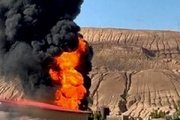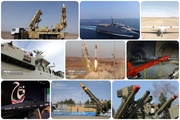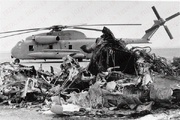According to Kouros Rabi’i, director of Mazandaran’s Biodiversity and Wildlife Office, there are currently 18 red deer (or maral deer) in Semeskandeh Wildlife Refuge, and six more fawns are expected to join them in the remaining days of the spring.
The official noted that the total rate of the red deer in the country’s northern forests is estimated to be at around 300 to 400, half of which are fawn or mature females.
“Some 60 fawns are expected to be born in the northern forests before summer,” he added.
The red deer is the largest species of deer in Iran and its habitat stretches from the southern shores of Caspian Sea to as far as North Khorasan province in the northeast.
Illegal hunting and deforestation of the Caspian Hyrcanian Forests (where the animal is found) have caused a major drop in the population of the mammal, putting it at serious risk of extinction.
Conservation efforts are made more difficult by the fact that maral’s gestation period is around 8.5 months and the female deer gives birth to one fawn at a time.
With an area of 937 hectares, Semeskandeh Wildlife Refuge is a lowland forested hillside located in southeast Sari. The refuge is also home to the Persian fallow deer, a species that has been listed as an endangered species under the International Union for Conservation of Nature’s Red List since 1986.
MR/IRN83330081



















Your Comment